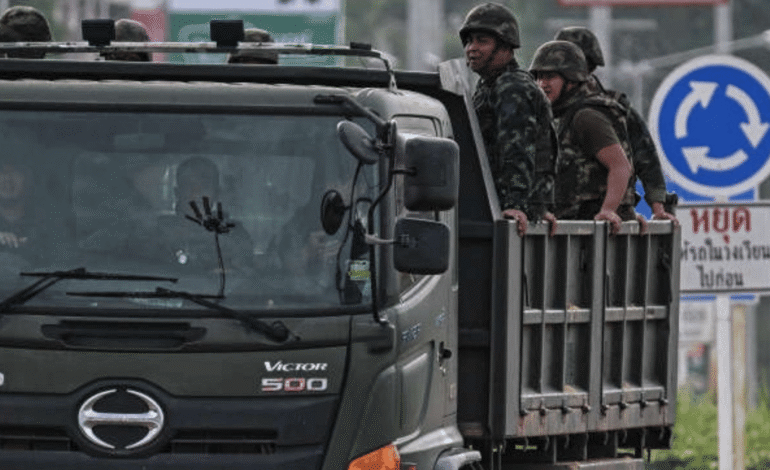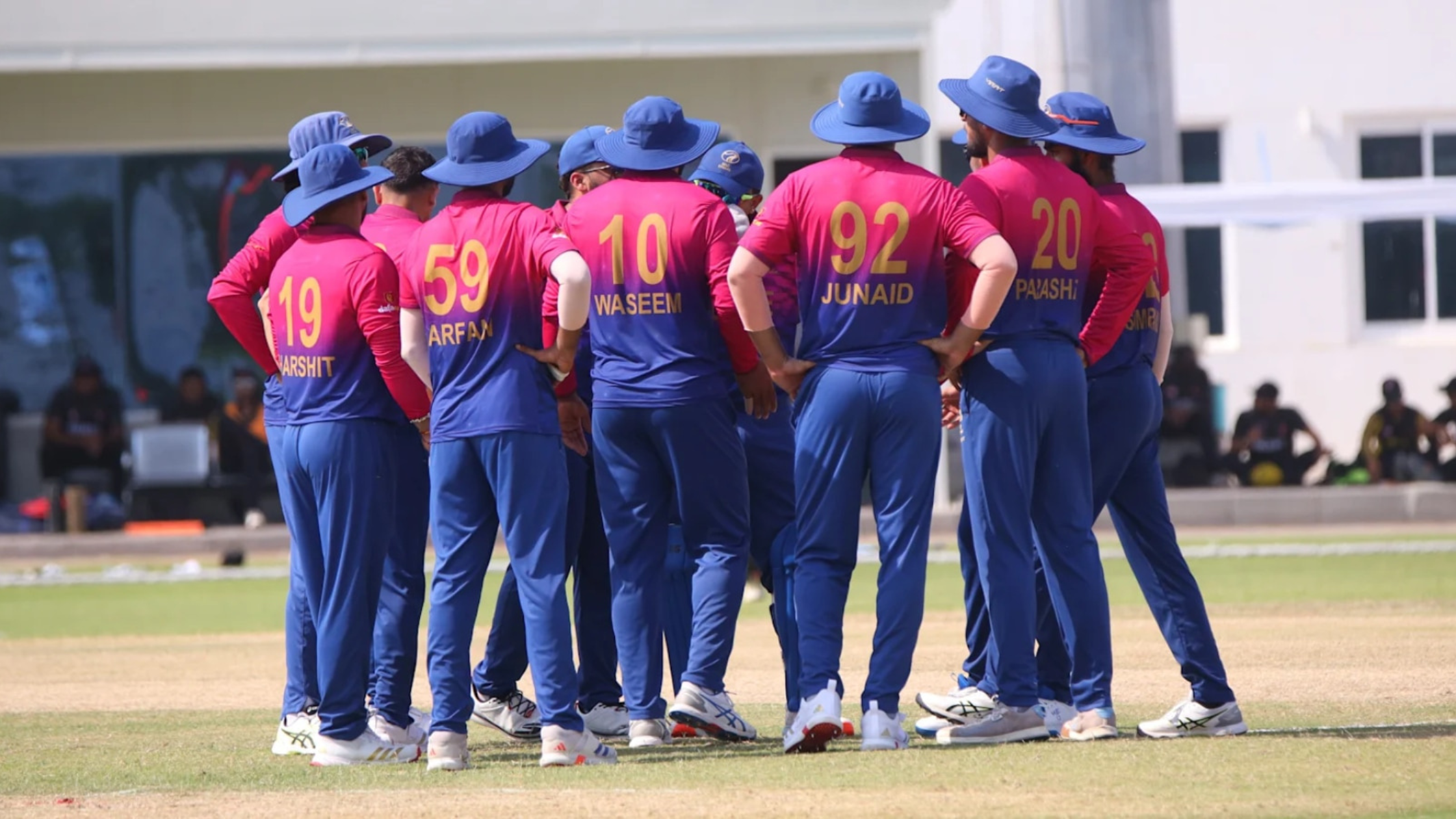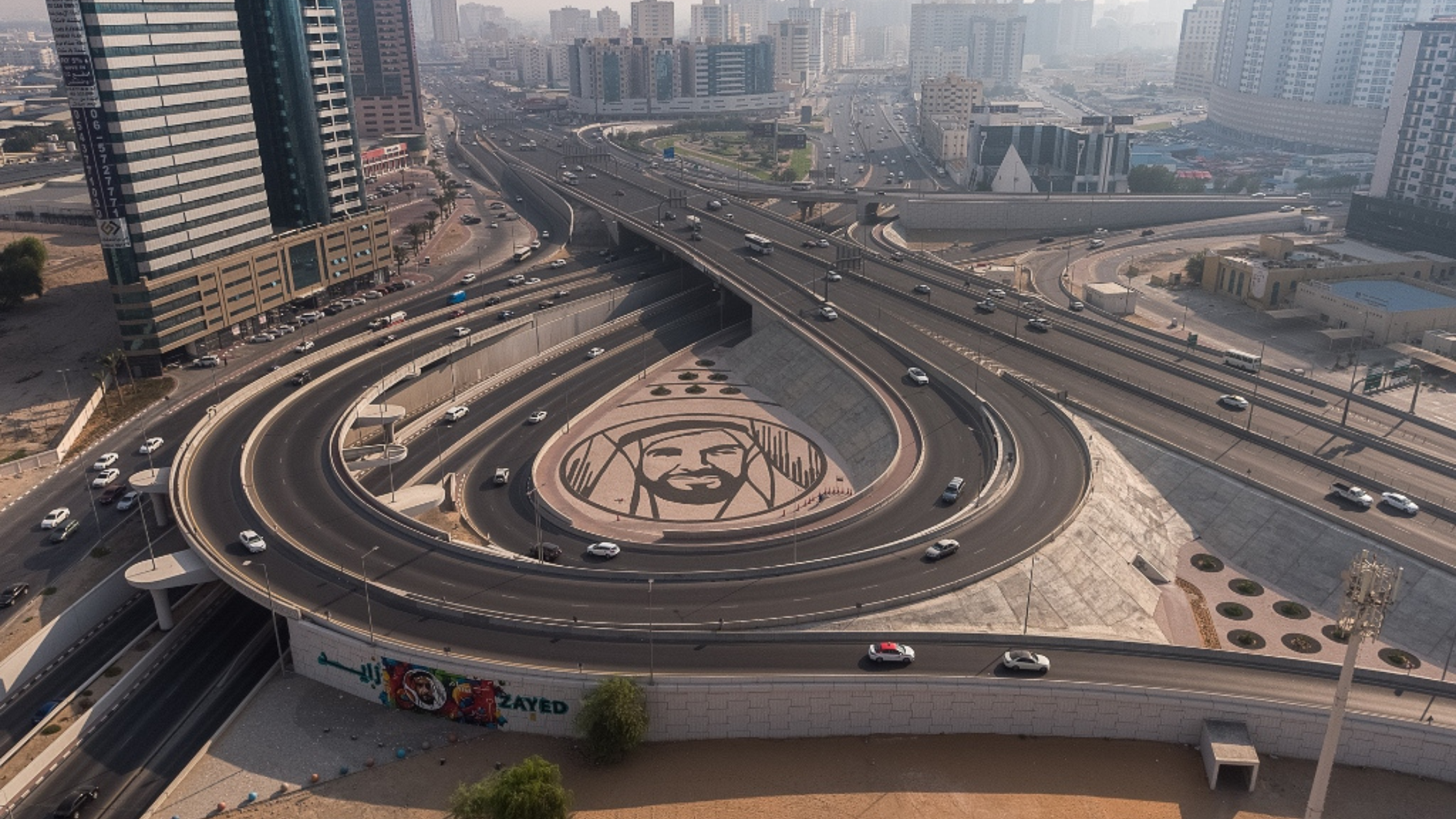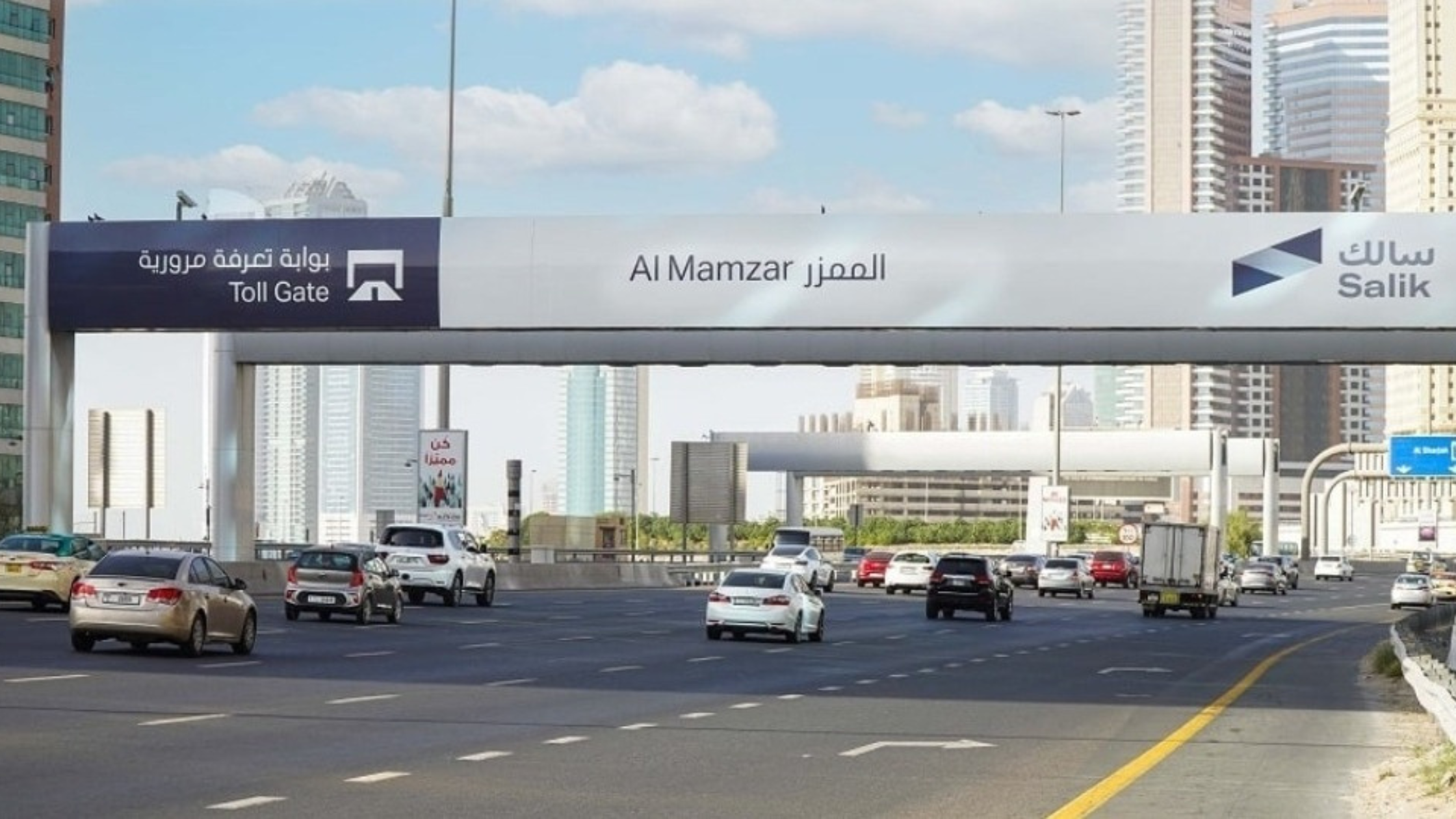Thailand‑Cambodia Border Violence Spurs Ceasefire Talks

In a dramatic turn of events in Southeast Asia, Thailand and Cambodia, two historically tense neighbors, have signaled a readiness to move from combat to conversation. After three straight days of intense artillery exchanges that killed at least 33 people and displaced over 150,000 residents from their homes, Thailand has agreed “in principle” to a ceasefire and the initiation of bilateral dialogue with Cambodia. The crisis, which began as a flare-up over disputed ancient temples along their border, has escalated into the most serious conflict between the two countries in over a decade.
Thailand’s foreign ministry announced late Saturday that the country is open to an immediate ceasefire and is willing to engage Cambodia in direct discussions aimed at halting the violence. This development follows international pressure and mediation efforts, notably from U.S. President Donald Trump, who personally contacted both sides to urge a swift resolution.
Deadliest Border Clashes in Over a Decade Erupt Unexpectedly
The present confrontation marks the deadliest military confrontation between Thailand and Cambodia since the border skirmishes of 2008–2011. The current crisis began earlier this week, initially sparked by renewed disputes over sacred temple sites long claimed by both nations. These symbolic flashpoints are nestled in a heavily forested and mountainous region, making them strategically and emotionally sensitive.
However, tensions quickly spread across a broader area of the 800-kilometre frontier. Saturday witnessed the third consecutive day of heavy artillery fire, including a troubling expansion of conflict to new coastal areas on the Gulf of Thailand roughly 250 kilometers southwest of the original flashpoints. Explosions reverberated throughout the rural landscape, sending shockwaves through local communities and plunging thousands into immediate danger.
“I felt like I was escaping a war zone,” said 76-year-old Samlee Sornchai, now sheltering at a temple in the Thai town of Kanthararom after fleeing his farmland near the frontlines.
Human Toll Grows as Civilians Flee Exploding Shellfire
The human suffering from the conflict has reached alarming levels. According to Thai officials, the clashes have left 20 people dead on their side, including 13 civilians and seven soldiers. Cambodian authorities report 13 fatalities, made up of eight civilians and five military personnel. The total death toll has already exceeded that of previous conflicts between the two countries.
On the ground, the humanitarian crisis is intensifying. More than 138,000 Thais have been evacuated from the border regions, while over 35,000 Cambodians have been forced from their homes. Entire villages now lie deserted, and schools, homes, and even hospitals have been hit by the barrage of explosives.
Cambodia’s defence ministry claims Thai forces fired five heavy artillery shells into Pursat province on Saturday morning. Thailand, meanwhile, accused Cambodia of shelling civilian areas, including a medical facility. These accusations have deepened distrust between the countries even as they claim to be open to peace.
International Community Steps In As Escalation Raises Alarm
As border fires blazed, international leaders raced to prevent further bloodshed. The United Nations Security Council held an emergency meeting in New York on Friday to address the crisis. Following the meeting, Cambodia’s UN Ambassador Chhea Keo emphasized his country’s desire for an “immediate ceasefire” and the peaceful resolution of disputes.
UN Secretary-General António Guterres expressed serious concern over the continued clashes and urged both nations to cease hostilities at once. “The Secretary-General condemns the tragic and unnecessary loss of lives, injuries to civilians, and the damage to homes and infrastructure on both sides,” read a statement from his office, delivered by Deputy Spokesman Farhan Haq.
Meanwhile, in a high-profile intervention, U.S. President Donald Trump took the diplomatic reins by calling Cambodian Prime Minister Hun Manet and Thailand’s Acting Prime Minister Phumtham Wechayachai. Trump later announced via social media that both leaders had agreed to meet and “quickly work out” a ceasefire.
Thailand Proposes Direct Talks, Seeks Cambodian Sincerity
Thailand’s foreign ministry confirmed the call between Trump and Acting Prime Minister Phumtham, noting that the Thai side was indeed open to a ceasefire but requested genuine efforts from Cambodia. “Thailand would like to see sincere intention from the Cambodian side,” the ministry emphasized, hinting at lingering skepticism over Cambodia’s role in fueling the recent escalation.
Phumtham has reportedly asked Trump to communicate Thailand’s desire to convene direct bilateral dialogue. The goal of these talks would be to develop concrete measures and a roadmap to not only achieve an immediate ceasefire but also reach a long-term resolution of the historical border disputes.
The proposed talks could be a game-changing moment for bilateral relations, especially if they bring a halt to one of Southeast Asia’s most disruptive border flashpoints. However, both sides will need to overcome decades of distrust and nationalist sentiment rooted in centuries of territorial contestation.
Coastal Clashes Expand Conflict Beyond Traditional Flashpoints
Saturday’s coastal confrontation near the Gulf of Thailand was particularly worrying for defense analysts. This marked the first time during the current conflict that fighting had broken out away from the mountainous jungle borders, suggesting a geographic widening of the hostilities.
Cambodia said Thailand fired five artillery shells into its coastal province of Pursat. This report came just hours after the initial front-line exchanges, underlining how quickly the conflict has evolved from a localized dispute into a broader regional security concern.
Both countries are heavily reliant on coastal regions for trade and tourism. The conflict threatens not just border stability but also the economic wellbeing of communities on both sides that rely on fishing, port access, and international shipping.
Roots of Conflict: Sacred Temples and Political Fallout
The backdrop of this confrontation lies in deep historical grievances. Disputes over ancient temple sites such as Preah Vihear have long soured Thai-Cambodian relations. A 2013 UN court ruling aimed to settle the matter, yet tensions have remained beneath the surface.
The current violence was triggered in May when a Cambodian soldier died during a minor border skirmish. The situation deteriorated rapidly, culminating in a political scandal in Thailand just weeks ago.
Cambodia’s influential former Prime Minister Hun Sen released a leaked phone conversation between himself and then-Thai Prime Minister Paetongtarn Shinawatra. In the recording, Paetongtarn appeared conciliatory toward Cambodian claims, sparking outrage among nationalist factions in Thailand. The scandal led to her court-ordered suspension, creating a political vacuum that some believe emboldened military elements on both sides of the border.
What’s Next: A Fragile Road Toward Peace
Though both nations have now stated their intention to de-escalate, the road to peace remains uncertain. Mutual accusations persist Cambodia has accused Thailand of using cluster munitions, while Thailand claims Cambodia deliberately targeted civilian structures. These allegations will need to be independently verified to avoid derailing upcoming negotiations.
Nonetheless, the momentum for peace appears stronger than in previous clashes. International pressure from the UN and direct involvement by global figures like Trump have raised the stakes. The next few days could be pivotal in determining whether Southeast Asia moves back from the brink or slides deeper into confrontation.
A Crucial Moment for Southeast Asia’s Future
As the dust from artillery shells begins to settle, Southeast Asia finds itself standing at a diplomatic crossroads. The willingness of Thailand and Cambodia to engage in dialogue after days of devastating fighting is a hopeful sign but it is only the beginning of what must be a sustained and sincere peace process. For the hundreds of thousands displaced and the families mourning their losses, words alone will not be enough. Only meaningful action, transparent diplomacy, and international engagement can ensure that this border never burns again.







